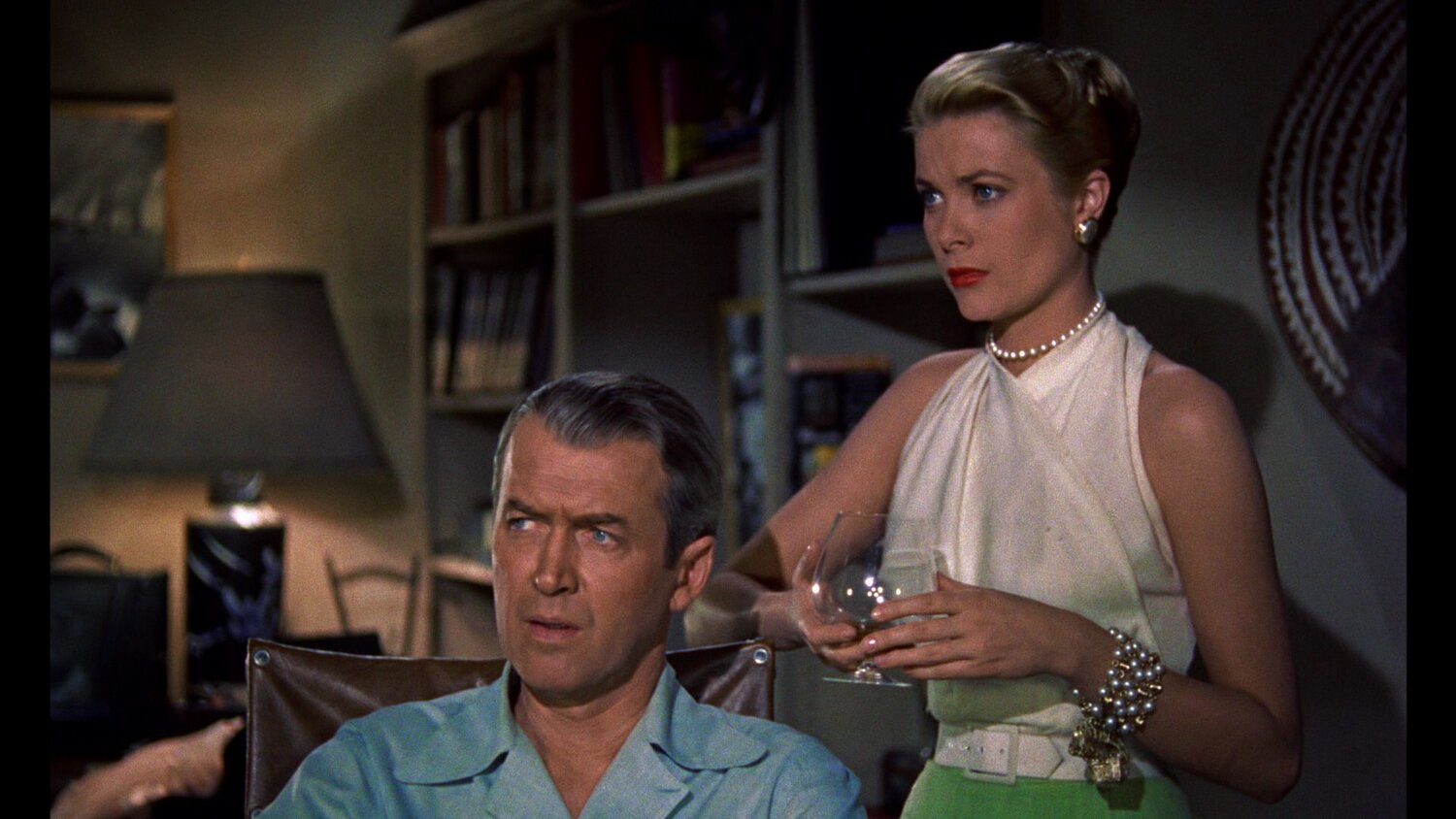
Reflection: Rear Window, A Romantic Drama under the Mystery Façade
When I first read Cornell Woolrich’s “It Had to Be Murder” for the class, I decided to look at the story through the eyes of someone who might have to adapt the work into a film. Initially, I was taken aback by the nature of the narrative, most of which seemed to be an internal monologue of the narrator. Naturally, I expected an adaptation of the short story to be almost like a silent film—not quite an early 1900s style, but a modern one, like A Quiet Place sort of film where the ambient sound would be fully kept, but the interaction between characters would be limited to the minimum, just like in the original text.
Alfred Hitchcock’s The Rear Window, then, proved me to be a very conservation film writer. Although the short story and the film have the same premise, one is very much different from another. To me, the charm of the short story hangs on the mystery of the narrator himself and the suspicious deed of Mr. Thorwald. While reading, I did not know who the narrator was, what happened to him, why he could not sleep and seemed to be trapped in a predicament with which he clearly was not happy. I did know whether Mr. Thorwald really murdered his wife, or it was just the narrator’s far-fetched conclusion. So, I was very satisfied to learn that the murder was real, and the narrator was indeed right all along, as well as, to know, from the very last sentence, that he had broken his legs before the event in the story.
Perhaps it was the Hollywood obsession with love stories that compelled the film to take shape the way it did. I would not eagerly pronounce The Rear Window to be a detective film, as I would gladly do with “It Had to Be Murder”. Personally, the film is a romantic story using exciting elements of detective films as a catalyst for the leading characters to get together. So, the short story was not only adapted to transcend its medium but also its genre. I find it interesting that the storyline from the short story is kept essentially the same, but pushed into the background, while the newly inserted romantic conflict takes the forefront. The people in the neighborhood which only had little importance in the short story are given a much more crucial role in the film as a possible outcome of the protagonist who was afraid to commit in the relationship, e.g. Miss Lonelyhearts and the newlywed couple. The songwriter is the one playing music thus creating the mood for the story from a lovely, sweet sensation to a somber, heartbreaking tone. The ballerina, then, serves the role as a striking reflection of the circumstance that Lisa Carol Fremont is in—so many suitors, but no real love. Lisa had been rejected one and again by the only man she loved.
The word “rejected” here should be noted, because it connotes that she is not the one who can make a decision. While the film disguises itself, with its title The Rear Window, the protagonist’s intrusion into other people’s private sphere, and his quest to bring the murderer into justice, as a detective film[1], I see it, as already mentioned, as a love story where a woman is given a quest and has to prove herself to be worthy of a place beside the man. (Here, I emphasize the place, not his love because the man surely has an affection for her, but it is her character that he deems not fit to be by his side.) The reason for stating that is because the mysterious elements that we see in the short story are not treated as mysterious anymore. Jeff’s identity and broken leg are explicitly shown from the beginning. We know the murder did happen because we have not just one person’s account for it, we have three. Even though women’s opinions are largely ignored in the world of the film, any recent watchers would not be swayed by the police’s misogynistic assertion of “female intuition”. I must admit that the fight at the end gave me a sense of excitement, but that is about it for this “mystery film”.
The film, instead, invests a lot of its runtime in the conflict between Jeff and Lisa. We seem them get together and fall apart. The neighborhood depicted also supports each state of their relationship. It is happy and cheerful when the couple has a nice time together. It becomes moody and sad when they both contemplate the improbability to be together. So, the main problem is that will they overcome such a conflict by the end of the film? If we look at stories, any stories, in structural terms, writers normally place the most important information at the end. For “It Had to Be Murder”, it is the identity of the narrator. However, for The Rear Window, it is the fact that Lisa finally earns her place beside the man she loves. This supports my claim that the film is more about romantic relationships than the mystery that it promises to be.
[1] Google categorizes the film under the term, “Mystery”.

